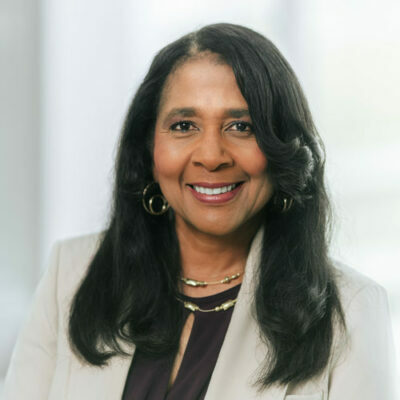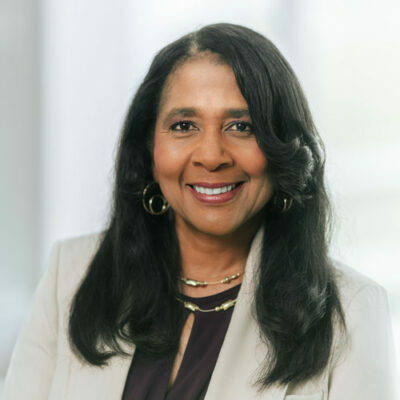One very important role for any college/university president is fund raising. There are always needs and never enough funding to accomplish all that we want to do for our organizations. At Des Moines University (DMU), we have a carefully articulated mission, with accompanying guiding principles (core values) and four visionary statements reflecting excellence in Education, Research, Service (Clinical and Community) and Health Policy/Advocacy. We also have goals and strategies reflecting our plan to fulfill the mission and reach our vision for the future. We engage in short term operational planning that is fluid and flexible as well as aspirational visioning that is an effort to dream of the long range sustainability and viability of Des Moines University. Not only do we have members of the campus community involved, we also have an active Board of Trustees, and they think and dream along with us.
In order to realize the dream, we first must identify the proper resources to augment and sustain the university into perpetuity. This is an awesome and daunting undertaking but an institutional imperative.
After seeing several models of ways to depict strategic planning and advancement, I created the following scheme I call “The DMU Triangle” which provides a visual of how we link Strategic and Aspirational Thinking to setting priorities for building a case for support for a campaign.
We soon will advance DMU with Vision 2018, which is essentially a continuation of the goals and strategics created in 2012 (Vision 2015). Many goals will continue as “works in progress” as we augment and enhance strategies in support of our Four Vision statements. At the same time we will be dreaming of the future of DMU beyond the next 3-5 years. Working with a Campaign consulting firm, we will set priorities, build cases for support, then share our plan. In order to advance DMU we will be enlisting the support of those who have a passion for helping us to realize our purpose (mission) of “improving lives in our global community by educating diverse groups of highly competent and compassionate health professionals.”


